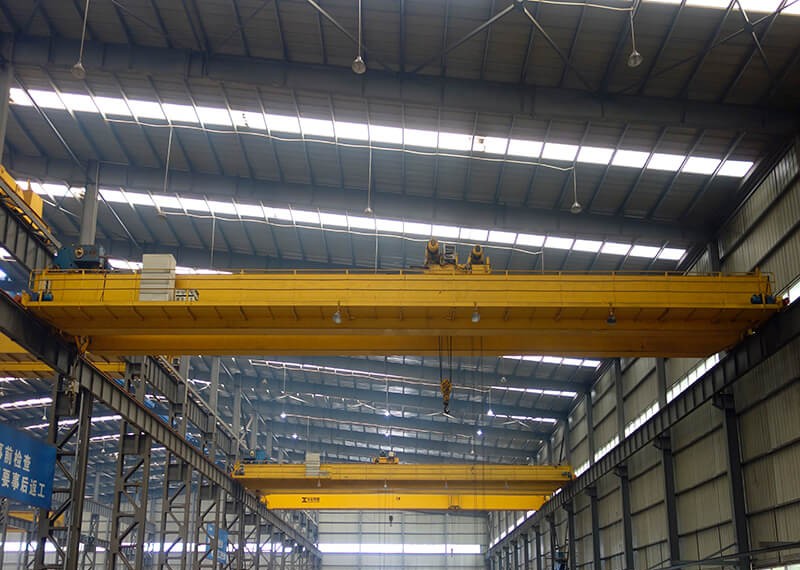
Introduction to the concept of single-beam crane lifting capacity
The lifting weight of a single-girder crane is simply the weight of items that can be lifted. But this argument is just a popular argument. Strictly speaking, there are 4 parameters for the lifting capacity of a crane. Let me introduce you to them below.
1. Rated lifting weight: the sum of the weights or materials allowed to be lifted by a single-beam crane, together with the weight of the lifting gear. For cranes with variable amplitude, according to the rated lifting capacity of the crane with variable amplitude.
2. Effective lifting weight: the net weight of the heavy objects or materials that the crane can lift. For cranes with variable amplitude, the effective lifting capacity is specified according to the amplitude.
3. Maximum lifting weight: the maximum rated lifting weight allowed to be lifted under normal working conditions of the crane.
4. Total lifting weight: the total mass of heavy objects or materials that can be lifted by a single-beam crane, together with spreaders, hooks, pulley blocks, wire ropes, and other spreaders under the lifting trolley. For cranes with variable amplitude, the total lifting capacity is specified according to the amplitude.
In fact, for single girder cranes, we generally care about the rated lifting capacity and the maximum lifting capacity. The rated lifting capacity of a single-girder crane generally refers to the maximum tonnage allowed to be lifted by the design, and the lifting capacity generally includes the weight of the spreader (such as: grab, electromagnet). When designing the crane, in order to ensure the safety of the crane, the maximum lifting weight of the single-girder crane will be larger than the allowable rated lifting weight.
However, when using the single-beam crane purchased by the user, the operating regulations must be followed and the rated lifting capacity must not be exceeded. For example, a crane with a rated capacity of 10 tons is not allowed to lift 11 tons of heavy objects.


